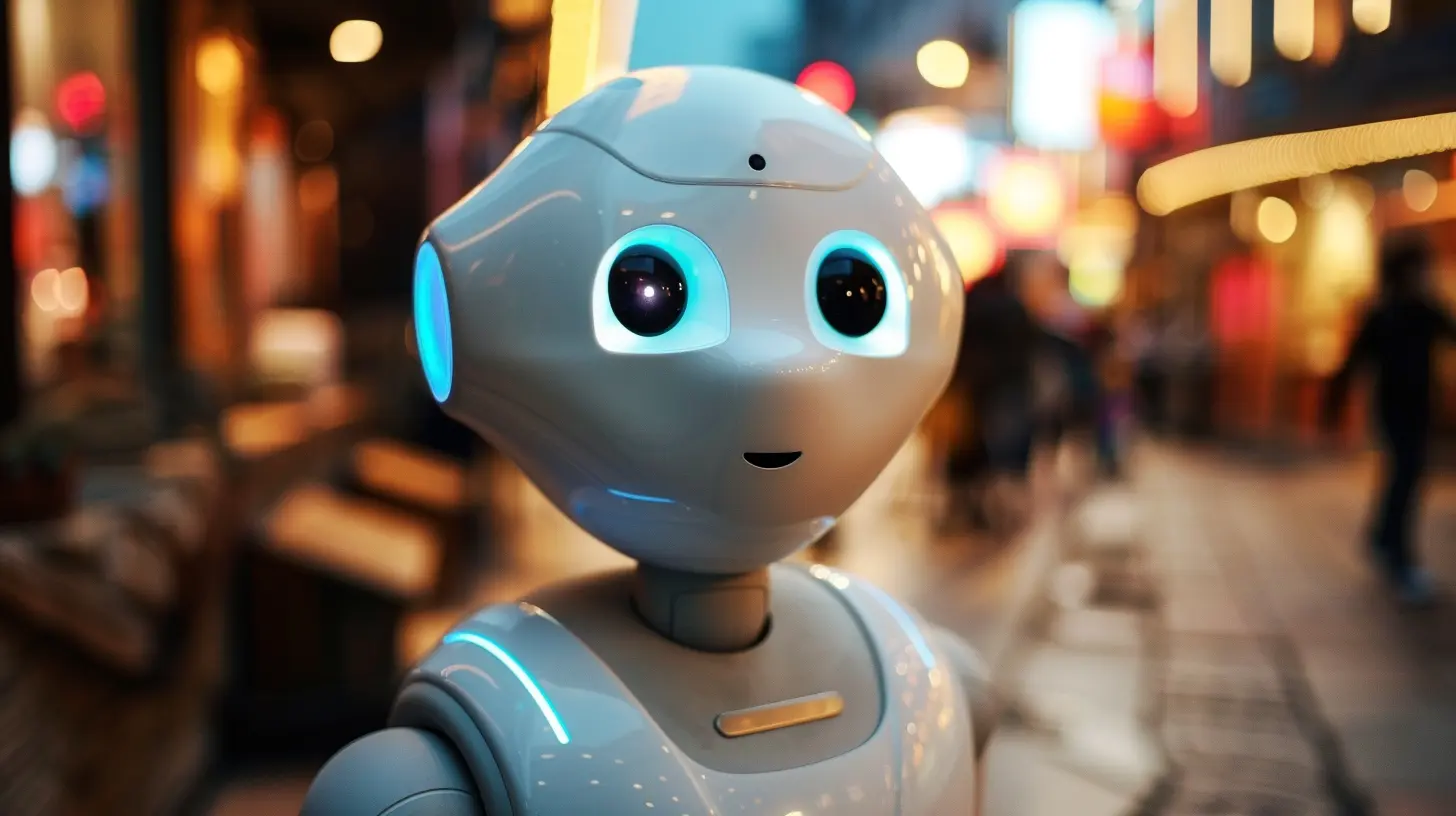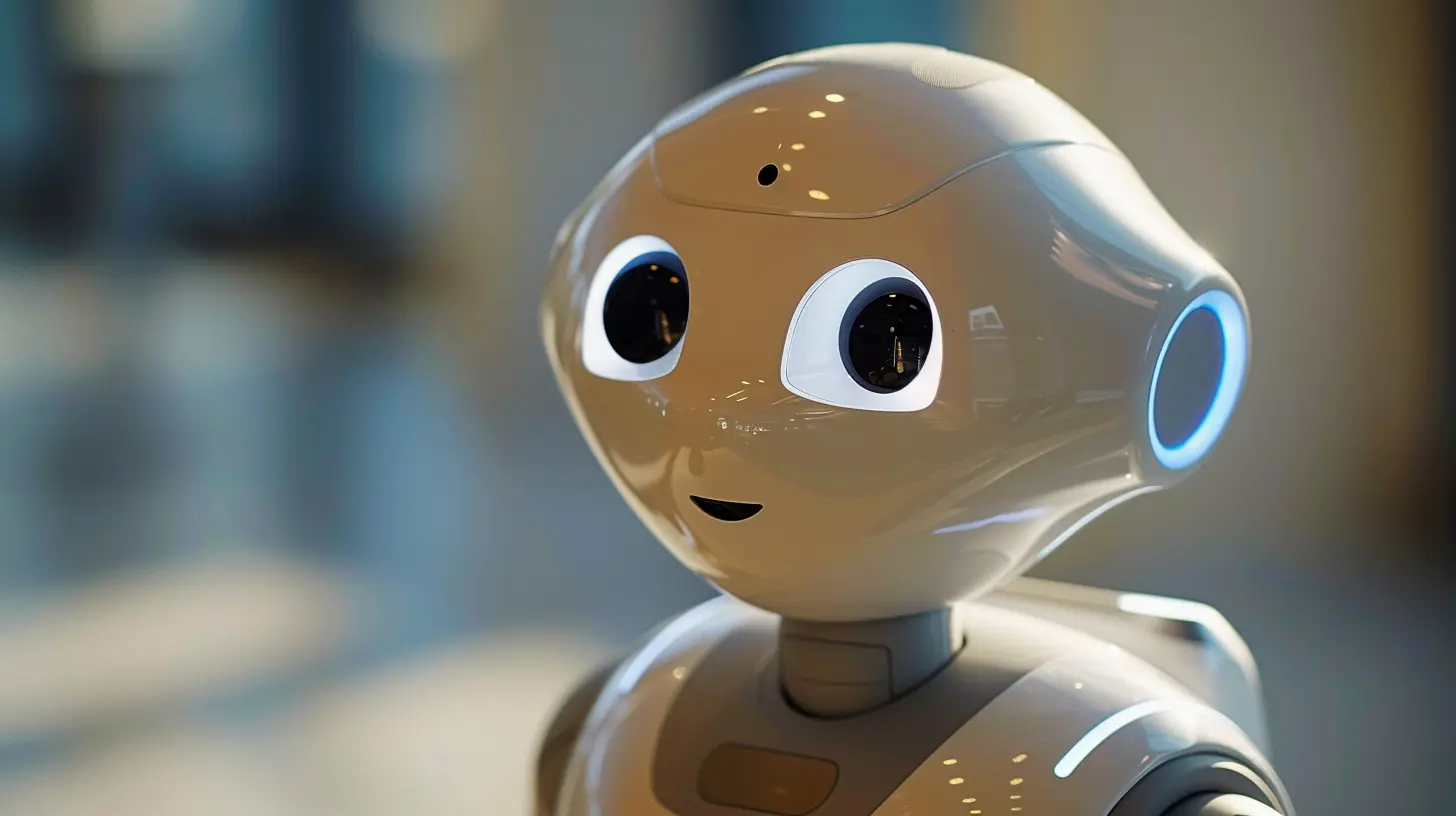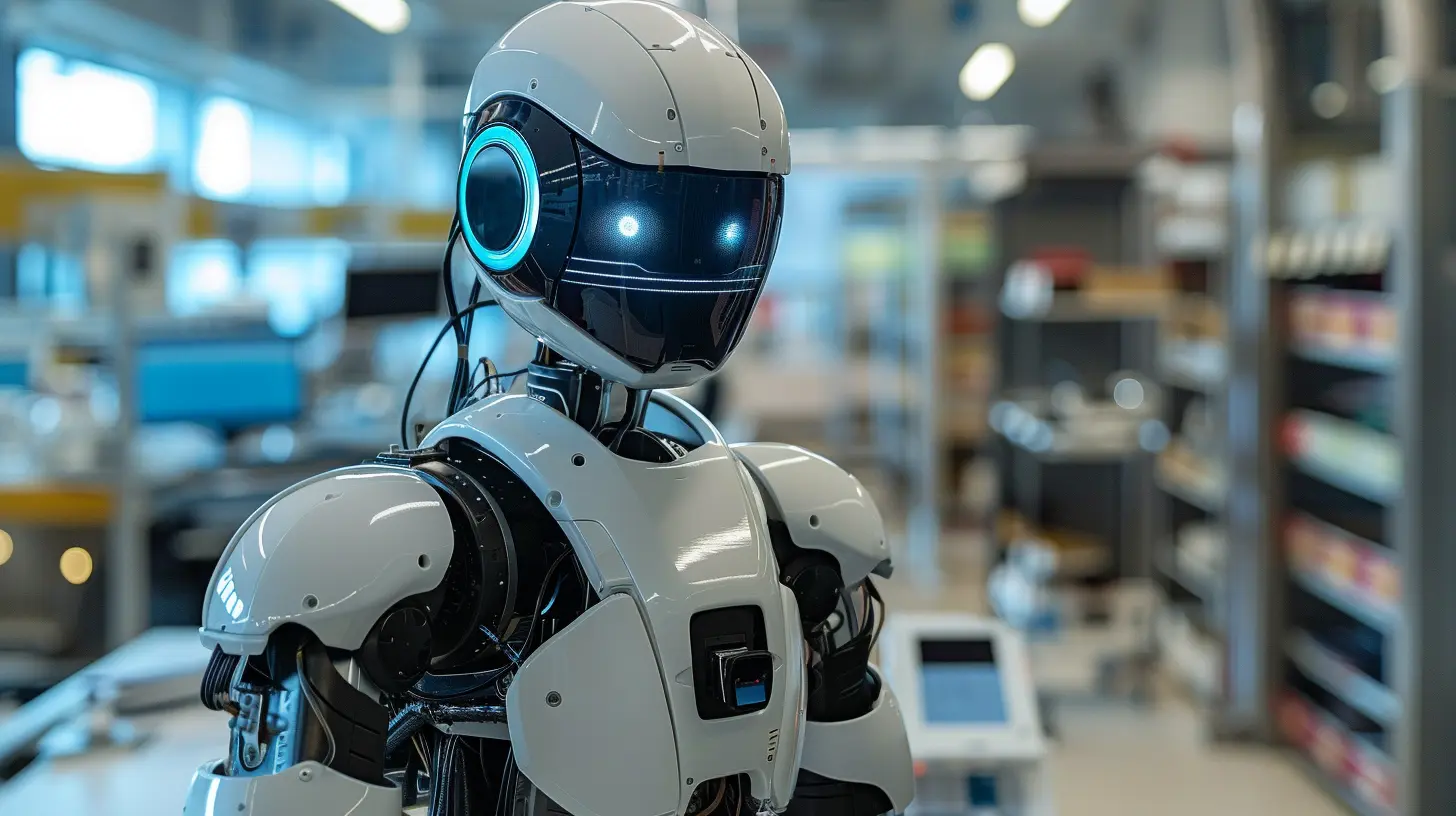Understanding Robot Ethics: Challenges and Solutions
30 July 2025
In a world where technology continues to evolve at an unprecedented rate, it's no surprise that robots are becoming an increasingly significant part of our daily lives. From vacuuming our homes to performing complex surgeries, these intelligent machines are capable of extraordinary things. However, as robots become more advanced, we find ourselves facing new and difficult questions, questions that dive deep into the realm of ethics. Yep, you heard it right—robot ethics.
But what exactly does that mean? Should we be worried about robots taking over? Or are there more subtle and nuanced challenges we need to be aware of? Let’s break it down together.

What is Robot Ethics?
Before we get into the nitty-gritty, let’s first define what we’re talking about. Robot ethics, sometimes referred to as "roboethics," is essentially the moral and ethical considerations involved in the design, creation, and use of robots. It’s the study of how we, as humans, should interact with robots, and how robots should behave when interacting with us.It’s important to note that robot ethics isn’t just about how we treat robots. It’s also about how robots’ actions can affect humans and society as a whole. For example, should robots be allowed to make decisions that could impact human lives? Should they have some level of accountability for their actions? And if so, how do we even begin to define that?
These are not easy questions, but they’re incredibly important as we integrate more technology into our lives.

Why Should We Care About Robot Ethics?
You might be thinking, “Well, robots don’t have feelings, so why does this matter?” Fair point. But the truth is, the way robots are programmed and deployed can have significant ethical implications for us as a society.Imagine a world where robots are making decisions about who gets medical treatment first in a hospital. Or where autonomous drones are determining who is a "threat" in military operations. These are life-or-death situations. If we don’t carefully consider the ethical frameworks guiding these machines, we could end up in a world where technology makes decisions that undermine basic human values.
Scary, right?
That’s why it’s crucial to start thinking about these issues now, rather than waiting until we’re too far down the rabbit hole to turn back.

The Ethical Challenges of Robot Integration
The ethical dilemmas we face with robots are complex and multifaceted. As robots become more integrated into society, they bring with them a host of challenges that we must address. Let’s take a closer look at some of the key issues.1. Autonomy and Accountability
One of the biggest challenges in robot ethics is determining where responsibility lies when things go wrong. Autonomous robots, particularly those powered by artificial intelligence (AI), can make decisions without direct human input. But what happens when an autonomous car causes an accident? Who’s to blame— the robot, the programmer, or the manufacturer?It’s a tricky situation. Robots don’t have moral compasses, but they’re making decisions that can have real-world consequences. Some experts argue for a kind of “robot accountability,” where robots are treated like legal entities, but that opens up a whole new can of worms. Can a machine truly be held responsible for its actions? And if not, how do we ensure humans are held accountable?
2. Bias in Artificial Intelligence
Robots, especially AI-powered systems, are only as good as the data they are trained on. If that data is biased, then the robot’s decisions will be biased too. This can lead to serious ethical concerns, particularly in areas like law enforcement or job recruitment, where biased algorithms could reinforce existing prejudices or inequalities.For example, an AI system used in hiring might favor male candidates over female ones if the training data it was fed was biased toward men. Similarly, facial recognition software has been shown to be less accurate for people with darker skin tones, which raises concerns about fairness and justice.
The ethical challenge here is ensuring that AI systems are trained on diverse, representative data sets and continuously monitored for bias. Easier said than done, though, right?
3. Privacy Concerns
Robots and AI systems often collect vast amounts of data to function effectively. Whether it’s a smart home assistant listening in on your daily conversations or a robot vacuum mapping out the layout of your home, these machines are constantly gathering information. And that raises serious questions about privacy.How is that data being used? Who has access to it? Can it be hacked or misused? As we become more reliant on robots in our daily lives, it’s critical to establish clear guidelines around data usage and privacy to protect individuals from potential abuse.
4. Job Displacement
Another significant ethical concern is the impact robots will have on the job market. As robots become more capable of performing tasks traditionally done by humans, there’s a real fear that many people could lose their jobs.For instance, self-driving trucks could replace human truck drivers, and automation in factories could lead to job losses for assembly line workers. While automation can lead to increased efficiency, it’s essential to consider the human cost.
How do we ensure that people who lose their jobs to automation are retrained and supported? Should robots be taxed to fund social programs for displaced workers? These are tough questions with no easy answers.

Possible Solutions to Robot Ethics Challenges
Now that we’ve covered some of the main ethical challenges associated with robots, let’s talk about potential solutions. While these issues are complex, that doesn’t mean they’re unsolvable. Here are a few ideas that could help us navigate the tricky waters of robot ethics.1. Developing Ethical Guidelines for AI and Robotics
One of the most straightforward solutions is to create clear ethical guidelines for the development and use of robots. These guidelines could cover everything from ensuring transparency in AI decision-making to establishing accountability frameworks for when things go wrong.Several organizations, including the European Union and IEEE, have already started working on ethical guidelines for AI. But these guidelines need to be adopted and enforced globally to have a meaningful impact.
2. Algorithm Audits and Bias Monitoring
To combat bias in AI systems, there needs to be a focus on regular algorithm audits. These audits would involve examining the data that AI systems are trained on and testing the systems for any biased outcomes.Additionally, involving diverse teams in the development of AI can help reduce bias. A more inclusive approach to AI design can ensure that the systems are fairer and more representative of the world they’re operating in.
3. Data Privacy Regulations
Governments around the world are starting to wake up to the importance of data privacy. Regulations like the General Data Protection Regulation (GDPR) in Europe are a step in the right direction when it comes to protecting individual privacy in the age of AI and robotics.However, more needs to be done on a global scale to ensure that people's data is protected from misuse. This could involve stricter regulations on how companies collect and use data, as well as giving people more control over their personal information.
4. Investing in Education and Retraining Programs
As automation and robots displace certain jobs, it’s crucial to invest in education and retraining programs to help workers transition to new roles. Governments and businesses should work together to create opportunities for people to learn new skills, particularly in tech-related fields that are less likely to be automated.Some countries are already experimenting with programs like universal basic income (UBI) to help support people in times of economic transition. While UBI is still a controversial concept, it could be one way to ensure that people are not left behind as robots take on more jobs.
5. Ethical Robot Design
Finally, there’s the possibility of designing robots with ethical behavior in mind. Some researchers are working on developing robots that can make ethical decisions based on pre-programmed moral frameworks. While this is still in its early stages, it could be a way to ensure that robots act in ways that align with human values.Of course, the challenge here is determining which ethical frameworks to use. Should robots follow a utilitarian approach, where they prioritize the greatest good for the greatest number? Or should they adhere to deontological ethics, where they follow a strict set of rules regardless of the consequences? These are deep philosophical questions that don’t have easy answers.
Conclusion: The Future of Robot Ethics
As robots and AI continue to evolve, so too will the ethical challenges we face. While it’s impossible to predict exactly how this technology will develop, we can be sure that it will have a profound impact on society. That’s why it’s so important to start thinking about these issues now.By developing ethical guidelines, ensuring transparency, and investing in education and retraining programs, we can work toward a future where robots and humans coexist in a way that benefits everyone. The key is to remember that robots are tools, not moral agents. It’s up to us to ensure they are used responsibly.
And who knows? Maybe one day we’ll live in a world where robots have their own version of the Golden Rule: "Treat humans the way you’d like to be treated."
all images in this post were generated using AI tools
Category:
RoboticsAuthor:

Michael Robinson
Discussion
rate this article
1 comments
Deborah Lamb
Robot ethics is a crucial field as we integrate AI and automation into society. Balancing innovation with moral considerations requires collaboration across disciplines, ensuring that robots enhance human welfare while adhering to ethical guidelines. Addressing challenges such as bias and accountability is essential for fostering trust in robotic systems.
August 12, 2025 at 12:14 PM

Michael Robinson
Thank you for your insightful comment! I completely agree that interdisciplinary collaboration is vital for addressing the ethical challenges in robot integration, ensuring innovation aligns with human welfare and trust.


